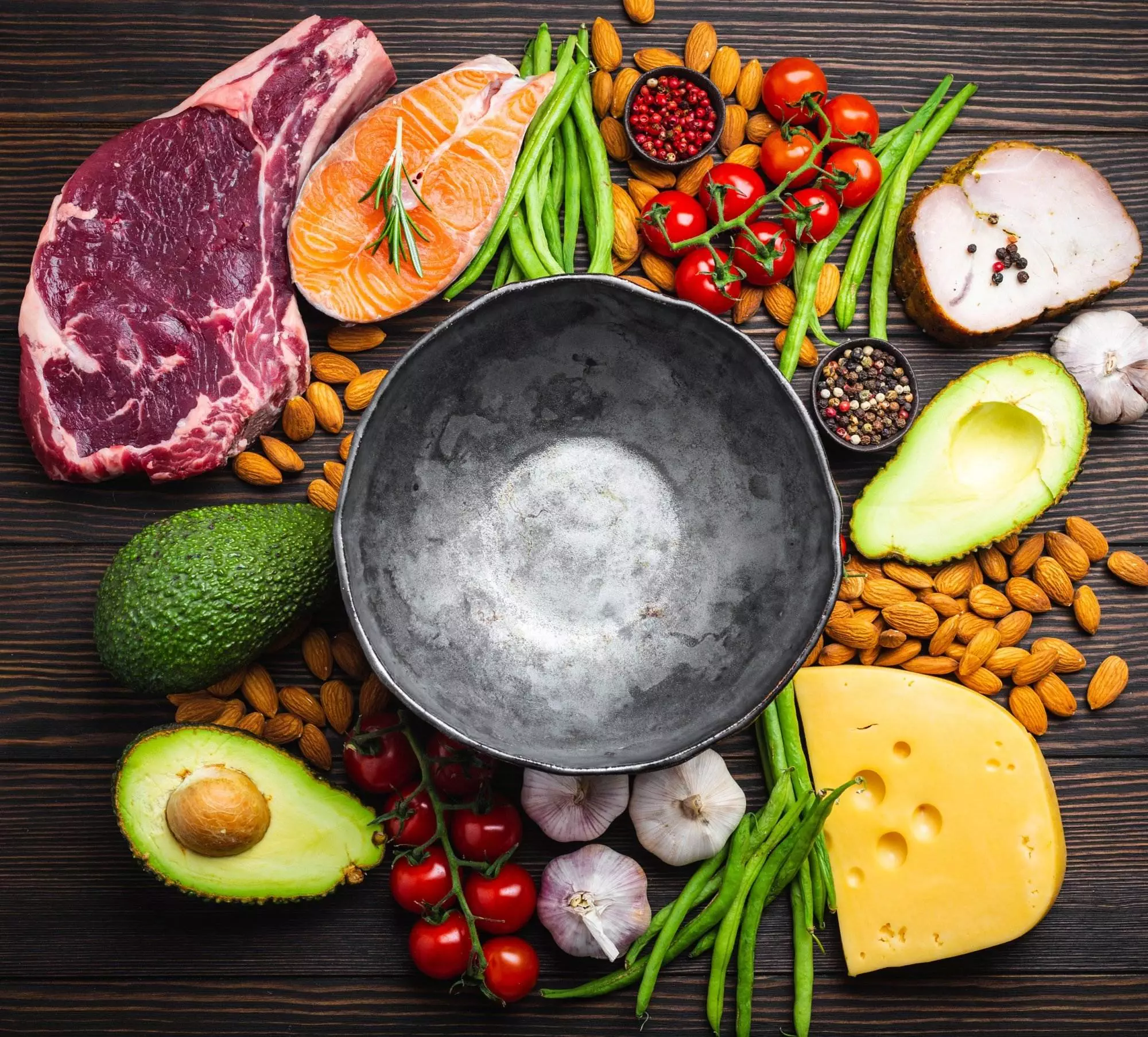
The Ketogenic Diet: A Beginner’s Guide to Losing Weight and Improving Health
Are you tired of trying fad diets that don’t work? Do you want a healthy eating plan that will help you lose weight, improve your overall health, and give you the energy you need to live your best life? If so, then the ketogenic diet may be just what you’re looking for. In this article, we’ll explore everything you need to know about the keto diet, including its benefits, meal planning tips, and common mistakes to avoid when starting out. Let’s get started!
Introduction to the Ketogenic Diet
The ketogenic diet is a low-carb, high-fat diet that has been around since the 1920s. It was originally developed as a treatment for epilepsy but has since become popular as a weight loss tool. The basic idea behind the keto diet is to switch your body from using carbohydrates as fuel to using fat instead. This process is called ketosis, which occurs when your body burns stored fat for energy. By doing so, it produces molecules called ketones, which can be used by the brain as an alternative source of fuel.
Benefits of a Keto Diet and How it Works
One of the main benefits of the ketogenic diet is that it helps you lose weight quickly and efficiently. Because you are burning fat rather than carbs, you can expect to see results within weeks or even days in some cases. Additionally, because the keto diet is high in protein and fiber, it keeps you feeling fuller longer, making it easier to stick to long term.
Another benefit of the keto diet is that it improves overall health markers such as cholesterol levels, blood pressure, and insulin sensitivity. Studies have shown that following a ketogenic diet can reduce inflammation throughout the body, lower triglyceride levels, and increase HDL (good) cholesterol levels.
Meal Planning for Success on the Ketogenic Diet
To succeed on the ketogenic diet, it’s essential to plan your meals carefully. Here are some tips to get you started:
Eat plenty of leafy greens and non-starchy vegetables like broccoli, cauliflower, spinach, and kale. These foods are rich in nutrients and low in carbs, making them perfect for the keto diet.
Focus on whole food sources of protein such as meat, fish, eggs, and poultry. Try to choose organic, grass-fed options whenever possible.
Use healthy fats such as avocado, coconut oil, olive oil, nuts, and seeds to add flavor and texture to your meals.
Stay away from processed foods, sugary drinks, and grains as these can cause blood sugar spikes and prevent you from entering ketosis.
Common Mistakes to Avoid When Starting a Keto Diet
While the ketogenic diet is generally safe and effective, there are several common mistakes people make when starting out. Here are a few to watch out for:
Not enough calories: Many people mistakenly believe that they need to eat fewer calories on the keto diet. However, if you don’t consume enough calories, you won’t have enough energy to function properly. Aim for at least 1500 calories per day to start with.
Too much dairy: While dairy products are allowed on the keto diet, consuming too many can lead to digestive issues. Limit yourself to one serving per day and opt for hard cheeses over soft ones.
Not staying hydrated: Dehydration is a common side effect of the keto diet due to increased urination. Make sure to drink plenty of water throughout the day to keep yourself hydrated.
Conclusion
In conclusion, the ketogenic diet is a powerful tool for losing weight, improving overall health, and boosting energy levels. By following the guidelines laid out above, you can successfully navigate the keto lifestyle and achieve your goals faster than ever before. Good luck!

